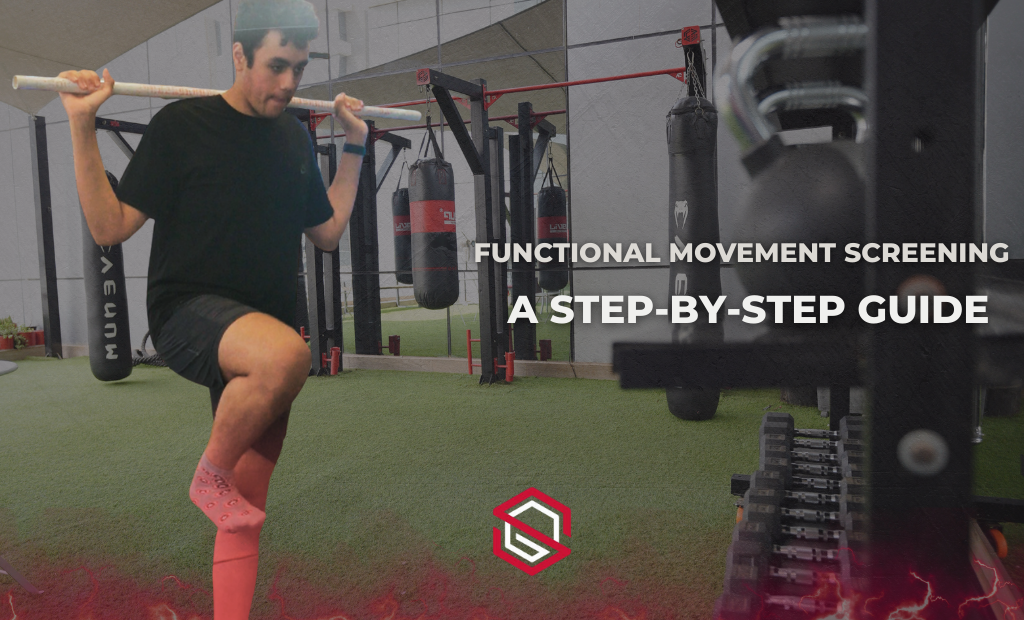Top 7 Metrics to Track on Your Online Fitness Dashboard
In today’s connected world, fitness enthusiasts and club managers alike rely on real-time data to optimize workouts, improve member engagement, and drive results. An effective online fitness dashboard consolidates key metrics into an intuitive interface, enabling you to monitor progress, adjust strategies, and celebrate successes at a glance. Whether you’re an individual tracking personal goals or a gym operator guiding hundreds of members, focusing on the right indicators transforms raw data into actionable insights.
Below are the top seven metrics every online fitness dashboard should highlight, illustrated through a typical fitness club dashboard example.
Fitness Club Dashboard Example
A modern fitness club dashboard presents multiple data streams in unified views, often organized into panels for membership trends, class attendance, equipment utilization, and individual performance metrics. Interactive charts let managers drill down by date range or demographic segment, while members see personalized progress rings, weekly activity summaries, and goal-tracking widgets. A well-designed dashboard balances high-level KPIs with the ability to dig into the details behind each metric.
1. Active Member Rate
This metric measures the percentage of enrolled members who engage with the club on a regular basis—whether through in-gym workouts, virtual classes, or tracked home sessions. A sustained active member rate above 70 percent indicates strong engagement, while dips may signal the need for new programming or reactivation campaigns.
2. Average Session Attendance
Tracking the average number of visits or logged workouts per member over a defined period (weekly or monthly) reveals usage patterns. Comparing this to capacity limits helps optimize class schedules and equipment allocation. When attendance spikes, you might expand popular classes; when it lags, targeted promotions can reignite interest.
3. Class and Program Utilization
Understanding which classes, personal-training packages, or virtual programs see the highest and lowest enrollment guides resource allocation. A utilization rate above 85 percent suggests opportunities to add more sessions, while offerings under 50 percent warrant reevaluation of format, timing, or marketing.
4. Member Retention and Churn Rates
Retention rate measures the percentage of members who renew their subscriptions each billing cycle; churn rate is the inverse. A healthy fitness club aims for retention above 80 percent annually. Tracking reasons for cancellations—price, lack of results, schedule conflicts—helps refine offerings and improve long-term loyalty.
5. Equipment Usage and Downtime
Monitoring real-time usage of cardio machines, strength stations, and studio spaces prevents bottlenecks. Dashboard alerts for under-utilized or frequently broken equipment inform maintenance workflows and capital-investment decisions, ensuring members always find functional gear when they arrive.
6. Member Progress Metrics
For individual users, dashboards pull data from wearables, smart gym equipment, and workout logs to display key performance indicators: total calories burned, average heart-rate zones, strength gains (measured via weight or rep improvements), and flexibility scores. Graphing these over time highlights progress trends and helps set realistic next-step goals.
7. Revenue and Upsell Performance
Integrating financial data reveals average revenue per user (ARPU), revenue growth from add-on services (nutrition coaching, merchandise, guest passes), and renewal-related upsells. Tracking which channels (email campaigns, app notifications, in-club offers) drive the most conversions enables precision in marketing investments.
What Is a Fitness Club KPI Dashboard?
A KPI dashboard aggregates the most critical performance indicators—financial, operational, and member-centric—into a single view. Unlike raw data reports, KPI dashboards emphasize metrics aligned with strategic goals, such as boosting active-member rates, increasing revenue per visit, or improving average workout intensity. Drill-down capabilities allow stakeholders to isolate drivers behind each KPI and implement timely interventions.
Fitness Dashboard – Fitbit Fitness Dashboard | Activity Tracker | Health Analysis
Consumer-grade dashboards like Fitbit’s demonstrate the power of combining wearable data (steps, sleep, heart-rate variability) with manual inputs (weight, nutrition) to deliver holistic health insights. Key features include daily activity rings, sleep-quality scores, and trends over weeks and months—serving as an inspiration for club dashboards to integrate member-provided wearable data seamlessly.
Fitness Dashboard – Fitness Tracker Dashboard
Fitness tracker dashboards consolidate data from multiple devices and apps, enabling users to compare workouts from different platforms—gym visits, running routes, and yoga sessions—side by side. Club dashboards adopting this approach empower members to view all activity in one place, fostering accountability and long-term adherence.
By focusing on these seven metrics and leveraging intuitive dashboard designs, fitness clubs and individuals can translate data into action—optimizing resource allocation, boosting member satisfaction, and driving measurable progress toward health and performance goals. Whether you manage a bustling gym or steer your personal fitness journey, an online dashboard tailored to your needs ensures every workout counts.


